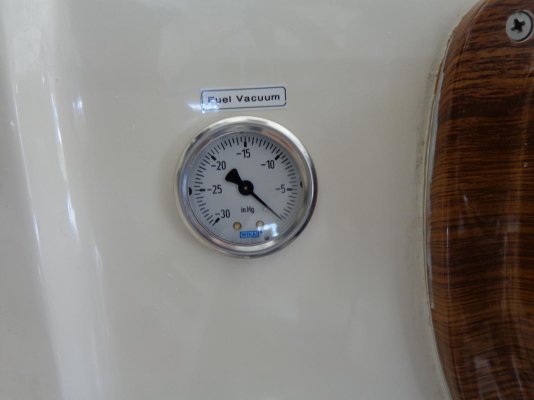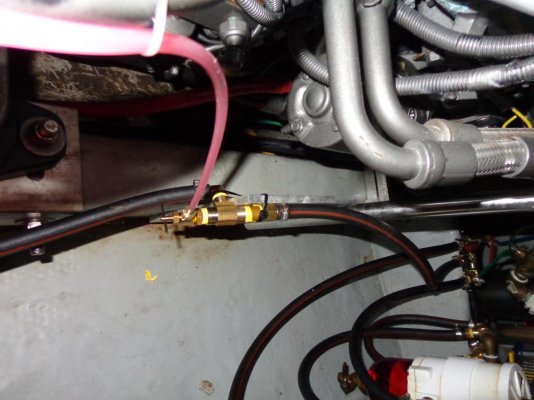Gulf Comanche
Guru
- Joined
- Dec 16, 2007
- Messages
- 1,045
- Location
- U.S.A.
- Vessel Name
- Old School
- Vessel Make
- 38' Trawler custom built by Hike Metal Products
What would be an ok reading on a fuel vacuum gauge? I did a search here because I know this has been discussed, but no luck. At the end of a 6 hour ride home this weekend my gauge was reading 3.5 to 4 inches vacuum. Filters were changed maybe 20 hours ago, fuel was clean when I changed them. What passes for a normal reading? Engine is a Perkins 4-236.


